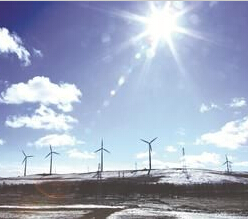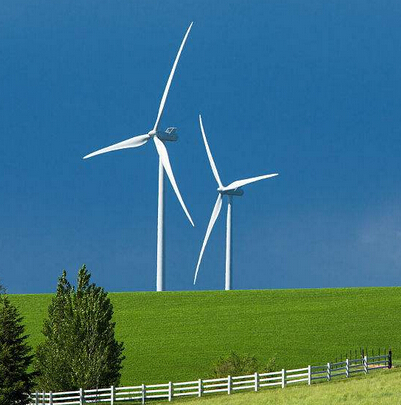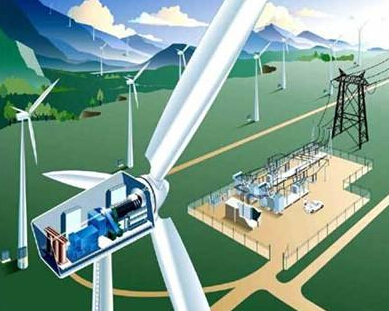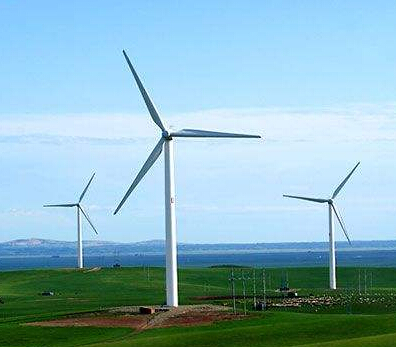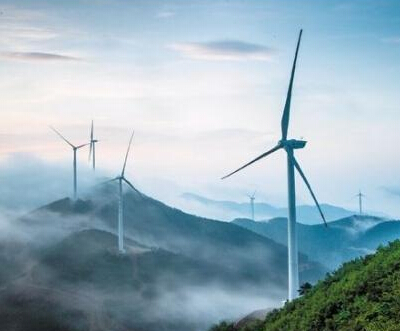Theoretical carbon fiber production capacity is close to 140,000 tons
In 2014-2016, the global theoretical production capacity of carbon fiber increased continuously from 117,700 tons in 2014 to 139,000 tons in 2016. In 2017, the theoretical production capacity of global carbon fiber was 139,900 tons, which was unchanged from 2016.
Chart 1: Global carbon fiber theoretical production capacity statistics for 2014-2017 (Unit: 10,000 tons)

In 2017, the global theoretical production capacity of carbon fiber was 139,000 tons. Among them, the United States has the largest theoretical carbon fiber production capacity, 38,600 tons; the second is Japan, its carbon fiber theoretical production capacity is 27,200 tons, a far cry from the United States; China's carbon fiber production capacity is 2600,000 T, second only to the United States and Japan; South Korea, Taiwan, and Hungary also achieved theoretical carbon fiber production capacity of 0.90 million tons, 0.88 million tons, and 0.81 million tons respectively; the theoretical capacity of other countries or regions is less than 0.80 million tons.
Chart 2: The theoretical production capacity of carbon fiber in various regions of the world in 2017 (Unit: 10,000 tons)

Global carbon fiber demand increases year by year
Carbon fiber has been highly valued by various countries in the world for its excellent performance. The research results show that the strength, modulus, and density of carbon fiber are relative to metal materials, and its advantages are enormous. It is known as "black gold" in the world. Since 2010, global carbon fiber demand has increased year by year. In 2017, the global demand for carbon fiber reached 84,200 tons, a year-on-year increase of 10.1%.
Exhibit 3: Statistics of Global Carbon Fiber Demand, 2010-2017 (Unit: 10,000 tons, %)
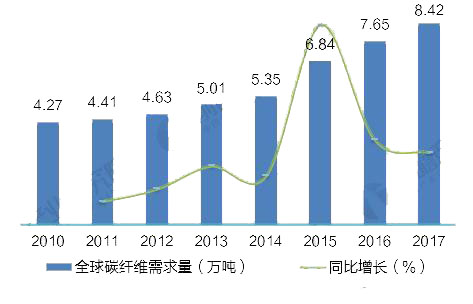
Wind turbine blade is the largest application area
Carbon fiber is an important strategic material for the development of national defense and the national economy. It is widely used in wind power blades, aerospace, sporting goods, automotive industry, mixed molding, pressure vessels, building reinforcement, and electronic appliances. In 2017, wind power blades are still the largest application area of carbon fiber, and their consumption accounts for 23.5% of the total demand for carbon fiber. Aerospace is the second largest application area of carbon fiber except for wind turbine blades, and its consumption accounts for the total amount of carbon fiber. 22.8%; consumption of sports leisure, automobile industry, mixed-mold molding, pressure vessels, and building reinforcement accounted for 15.7%, 11.6%, 8.2%, and 6.7 of the total demand for carbon fiber, respectively. %, 3.8%.
Chart 4: Global carbon fiber application structure in 2017 (Unit: %)
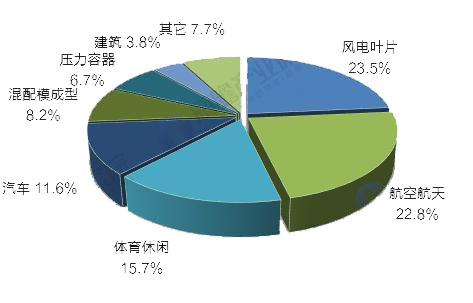
Standard modulus is the main product category
Carbon fiber tensile modulus can be divided into standard modulus (230-265GPA), medium modulus (270-315GPA), higher modulus (more than 315GPA). In terms of application, high-performance carbon fiber is always favored. However, under certain technical conditions, the right price/performance ratio will outperform high performance in the pursuit of a cost-effective business environment. As a result, "Volkswagen"'s standard modulus carbon fiber has become the most demanding product category. In 2017, the standard modulus of carbon fiber consumption accounted for 80.4% of the total carbon fiber demand; the consumption of medium modulus and high modulus carbon fiber products accounted for 18.3% and 1.3% of the total carbon fiber demand.
Exhibit 5: Demand Structure of Global Carbon Fiber Products in 2017 (Unit: %)

















 RCCN WeChat QrCode
RCCN WeChat QrCode Mobile WebSite
Mobile WebSite
